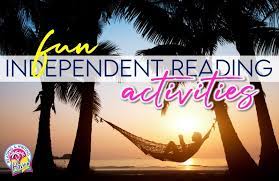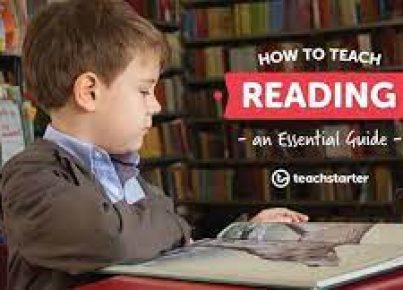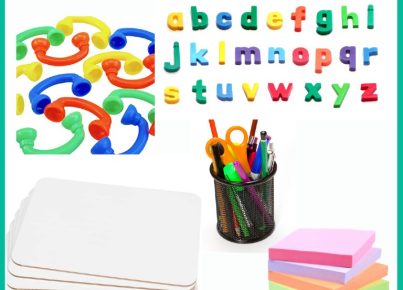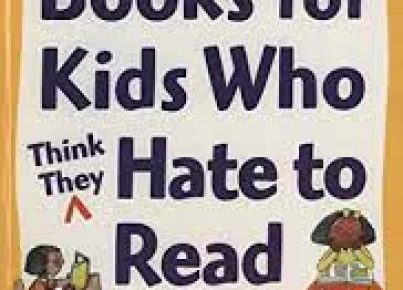1. Book Reports: Students choose a book and write a summary, detailing the plot, characters, setting, and themes. They can also include a personal reflection on the book.
2. Reading Journal: Encourage students to keep a journal, where they jot down thoughts and questions while reading.
3. Genre Bingo: Create a bingo card filled with different genres (mystery, biography, science fiction, etc.) and have students fill in the squares as they read books from each genre.
4. Vocabulary Building: Have students create flashcards for new vocabulary words they encounter in their reading.
5. Book Trailers: Ask students to create a short video trailer for a book they’ve read as if promoting it to other readers.
6. Visualization: Instruct students to draw a scene from the book they are reading to help build their visual comprehension skills.
7. Text Mapping: Have students map out the structure of the text (e.g., exposition, rising action, climax) and provide examples from the text.
8. Author Study: Allow students to research and learn about an author’s life, works, and themes.
9. Silent Sustained Reading (SSR): Set aside time during class for students to read independently without any specific tasks or expectations.
10. Reading Circles: Form groups where students take turns discussing and sharing insights about their chosen book.
11. Reader’s Theater: Encourage students to adapt scenes from their book into a short play or skit for classmates to perform.
12. Book Club: Create a student-led book club where students meet regularly to discuss their books of choice.
13. Book Speed Dating: Organize a “speed dating” session where students briefly share their favorite books with classmates and at the end of the activity, each student has a list of new books they’d like to read.
14. Reading Goal Setting: Help students set personal reading goals, such as a certain number of books or pages per week.
15. Book Reviews: Require students to write a book review for their peers, highlighting the strengths and weaknesses of the book they’ve read.
16. Book Talk Show: Organize a “talk show” activity where students take on the roles of host, author, and literary expert, discussing books in an engaging manner.
17. RAFT Writing Activity: Assign students a Role (R), Audience (A), Format (F), and Topic (T) related to their book, then have them create a piece of writing using these elements.
18. Literary Device Scavenger Hunt: Ask students to identify examples of literary devices (e.g., simile, metaphor, alliteration) from their reading and explain how these devices enhance the text.
19. Classroom Library Shelfies: Encourage students to take photos or create visual displays of books they’ve read, along with reflections or reviews, to share with classmates on classroom “Shelfie” bulletin boards.
20. Creative Connections: Have students make connections between their reading and another creative outlet, such as art, music, or technology, by creating something inspired by their chosen books.





